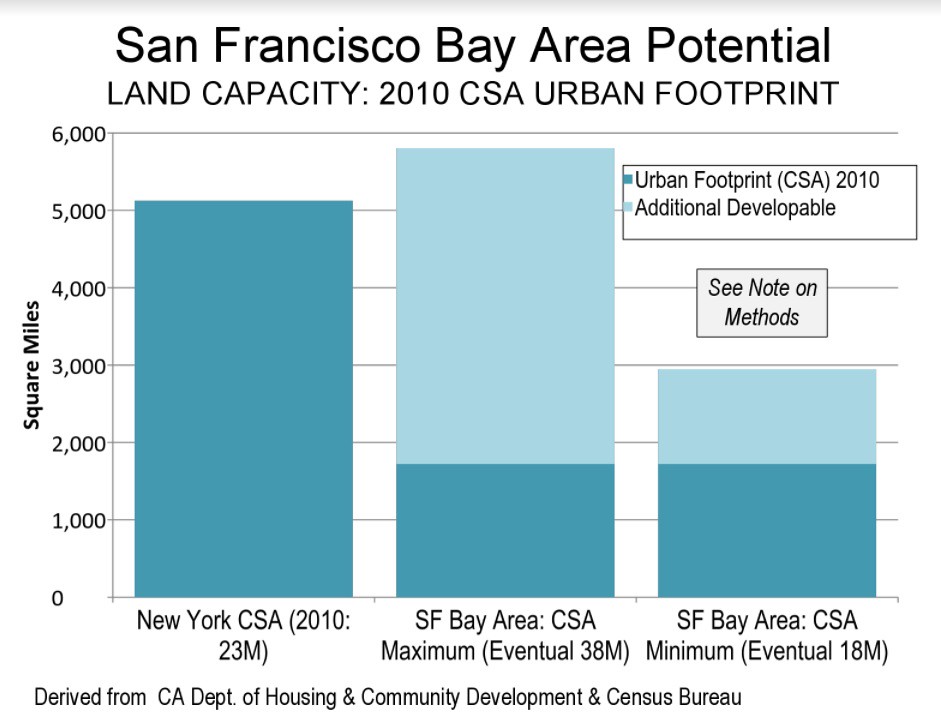Amazon released its first cut of 20 cities in the bakeoff for its new 50,000 job HQ2, down from 238 initial bids submitted.
It’s hard to know exactly how to interpret this, but one takeaway is that Amazon wants to keep us guessing about where they are heading. There are bigger cities and smaller cities, high cost cities and low cost cities, red state cities and blue state cities, cities in every area of the country, etc.
One thing Amazon did do is stick to its size criteria of metro areas of more than one million people. All of their cities meet it. There are two sites in metro New York and three sites in metro Washington listed separately, so there are really only 17 metros on the short(er) list. One is in Canada, leaving 16 in the US. That means 30% of all the metro areas in the US with more than a million people were on this list. So it wasn’t a huge cull.
The traditional high cost east coast cities are well presented. Among higher cost locales are Boston, NYC, and Washington. Philly is also on the list as a lower cost major east coast metro.
The west coast has only one representative: Los Angeles. The Bay Area did not make the list. Denver is the sole representative from the Mountain West area. On the whole, this list is biased towards the eastern half the country.
Several Southern cities are on the list: Atlanta, Austin, Dallas, Nashville, Miami, and Raleigh. I was surprised to see Raleigh but not Charlotte, which is the notable loser among southern high growth cities. (I never rated Houston’s chances highly).
The greater Midwest had four cities: Chicago, Columbus, Indianapolis, and Pittsburgh. It’s especially notable that Minneapolis-St. Paul, which many people touted highly, did not make the cut. Nor did Detroit, which was another favorite (perhaps sentimental) among some folks.
And Canada had one entry in the form of Toronto.
Here are some observations. Note that these are relative to Amazon’s initial cut list, not the final winner. It may be that Amazon is doing a lot of misdirection with this list.
• The idea that transit would be a decisive factor did not pan out. Many cities with very weak transit networks made the list.
• The idea that state social policy factors would be determinant for a tech company like Amazon did not pan out. Indiana, North Carolina, and Texas are on the list.
• All of my favorites – Chicago at the top, followed by Dallas, Atlanta and Philly – made the list.
• Among smaller cities, the ones the made the list mostly have high or decent population growth. When you need to hire 50K people, labor force growth counts for a lot. Pittsburgh is the only exception here.
• Toronto’s chances were likely hurt by the tax reform bill. Toronto had a much lower effective corporate tax rate than any US city, but that gap has narrowed.
Again I think this will be an interesting market test of the “rest of the rest” idea. Will Amazon pick a high cost coastal market, or a lower cost interior city (perhaps splitting the difference with Philly)?
The cities which made this list may also regret it. Putting together an initial bid only required a limited amount of money and civic time and attention. Now the costs start going up for the losers. It may well have been better to be one of the people who got cut early than to keep making through all these rounds only to lose (or potentially even to win).
For those on this list, the trick may be to figure out how to use it for marketing purposes as a form of social proof. I think all of the smaller cities will have an uphill climb, but if you’re Indianapolis or Columbus you can take the fact that you’re on the list as a form of marketplace validation, particularly regionally.
This piece originally appeared on Urbanophile.














